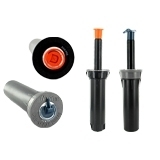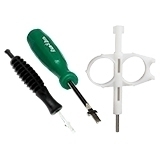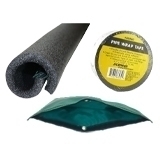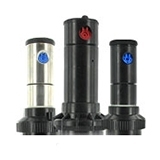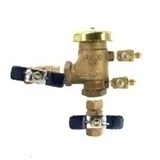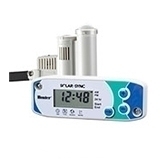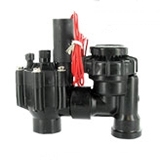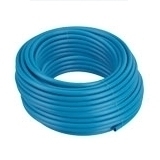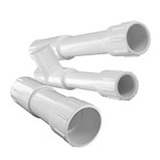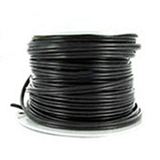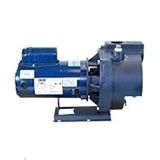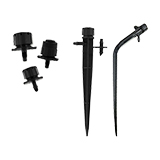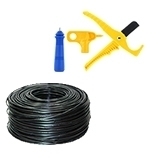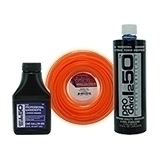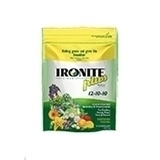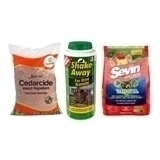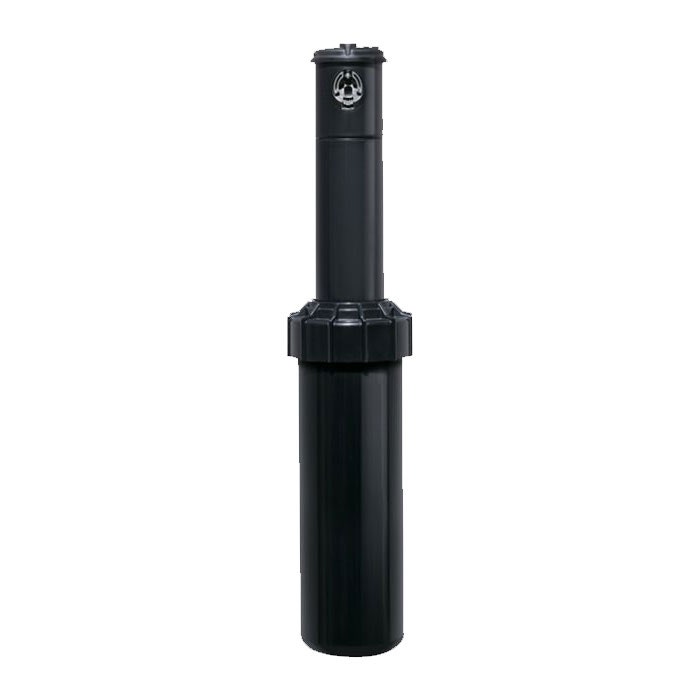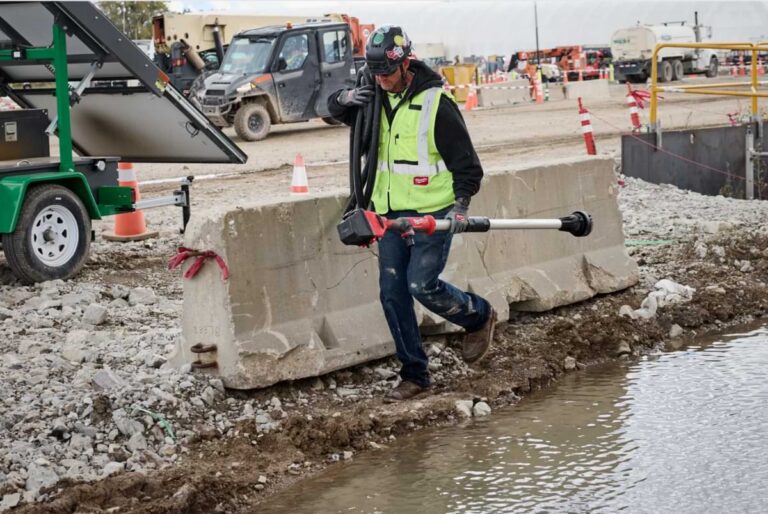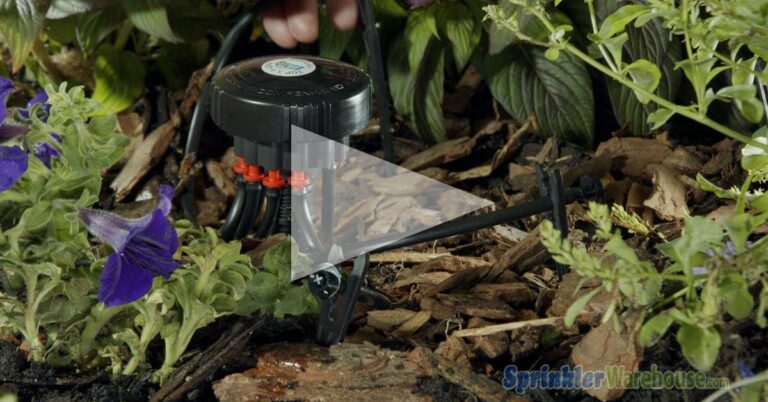How To Filter Irrigation Water Properly
This article explains why you need to filter your irrigation water. The water going to your irrigation system is probably not as clean as you think. Even if you have municipal water from the best city supply in the country (Austin, TX, Des Moines, IA, Sioux Falls, S.D.) that water has to get to you through old pipes. Many cities still have cast iron pipes as their main lines, some dating back over 100 years.
Most homes built before the 1960’s have galvanized piping. Pipes tend to fail from the inside, losing minute rust and other particles into the water. Add in the occasional sand particles that get in the water when pipes or pumps break and are fixed, plus the minor debris caused by cutting and repairing pipes, and there is a whole flotilla of little particles floating in your water.
At this point you are probably thinking Wait a minute! I drink that stuff! All that garbage goes into me! Yes, it does. However, your body is better adapted to handling it than your sprinkler system. Besides, didn’t your doctor always tell you iron was good for you? Back to the pipes.
Where Do The Particles Go?
All of these particles go into your irrigation system and accumulate in valves, sprays and emitters. This causes decreased performance and a steady increase in maintenance. It also costs you money in ways you might not expect. The thing to do is stop it before it happens.
Common Problems:
A common problem with irrigation valves is failing to close completely. This leads to water seepage through the spray heads, wasting a great deal of water. Many times the problem is just grit or debris keeping the diaphragm from seating.
What you didn’t know it cost you: paying to fix something that is not broken. When you call a service tech (me) out for a leaking valve chances are good the first thing I will do is replace the valve. Generally I won’t even bother to see if it just needs cleaning. This is not done to save time. It is far quicker and easier to open and clean a valve than it is to cut the pipes and replace the valve.
I do it because people tend to be unhappy paying for service. People get really unhappy when charged for a service call and I look at them and say, “Nah, I didn’t have to replace anything. I just wiped it off with a rag. It’s fine. Please pay me for one hour labor.” People like seeing things replaced. New is always better, right?
Where Else Does The Debris Go?
The debris also accumulates in your spray nozzles, causing pattern changes, reduced coverage distance, and eventually complete blockage. These are easy to clean: tooth pick, tooth brush, and running water. A technician will never clean them. It does take longer to clean these than to replace them. The best thing to do is avoid these problems altogether.
Install a T-style filter. The Vu-Flow screen filters keep out sand and debris. The body is clear so you can instantly see when the filter needs purging or cleaning. To purge, just open the valve on the bottom. The trapped dirty water flows out. If the filter needs washing unscrew the body, remove the screen, and clean. You don’t need to dry it off, it’ll get wet anyway. Click here to shop for T-Style Screens at the Sprinkler Warehouse.



